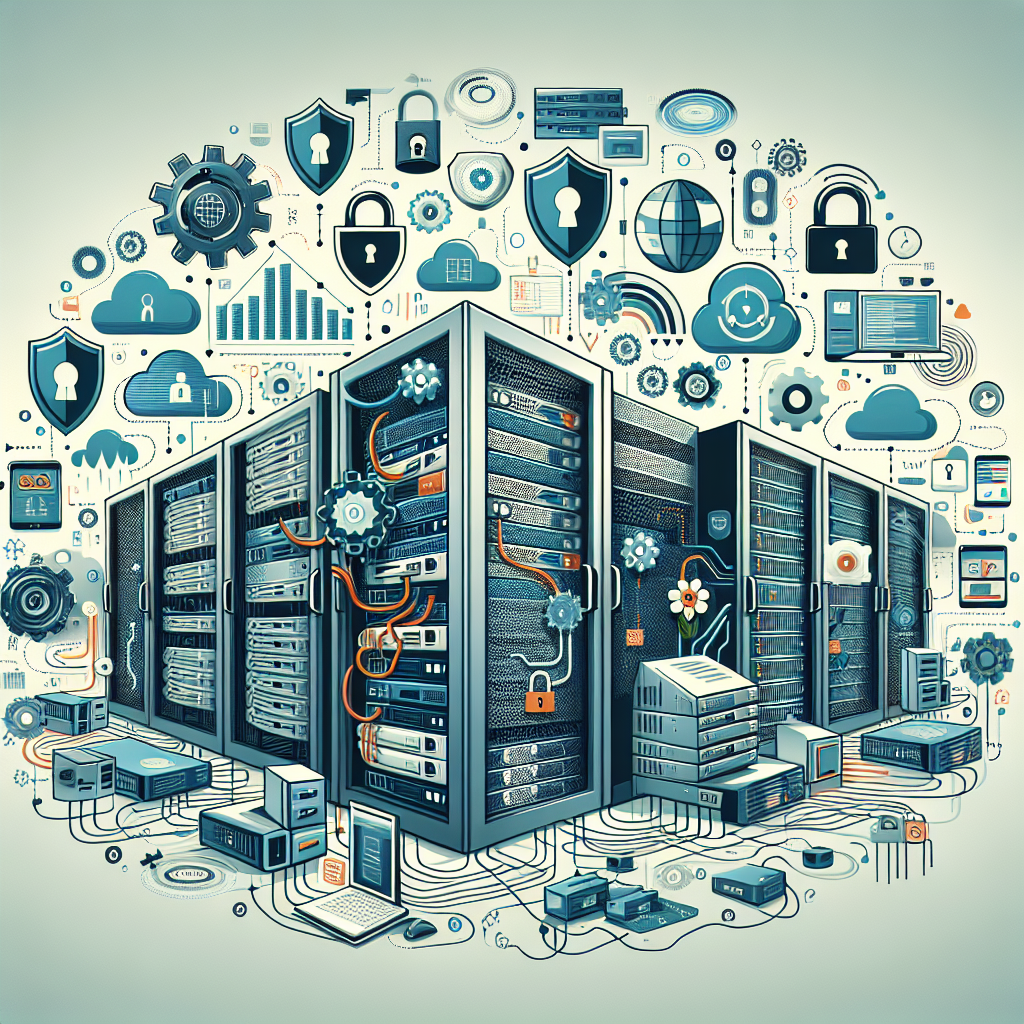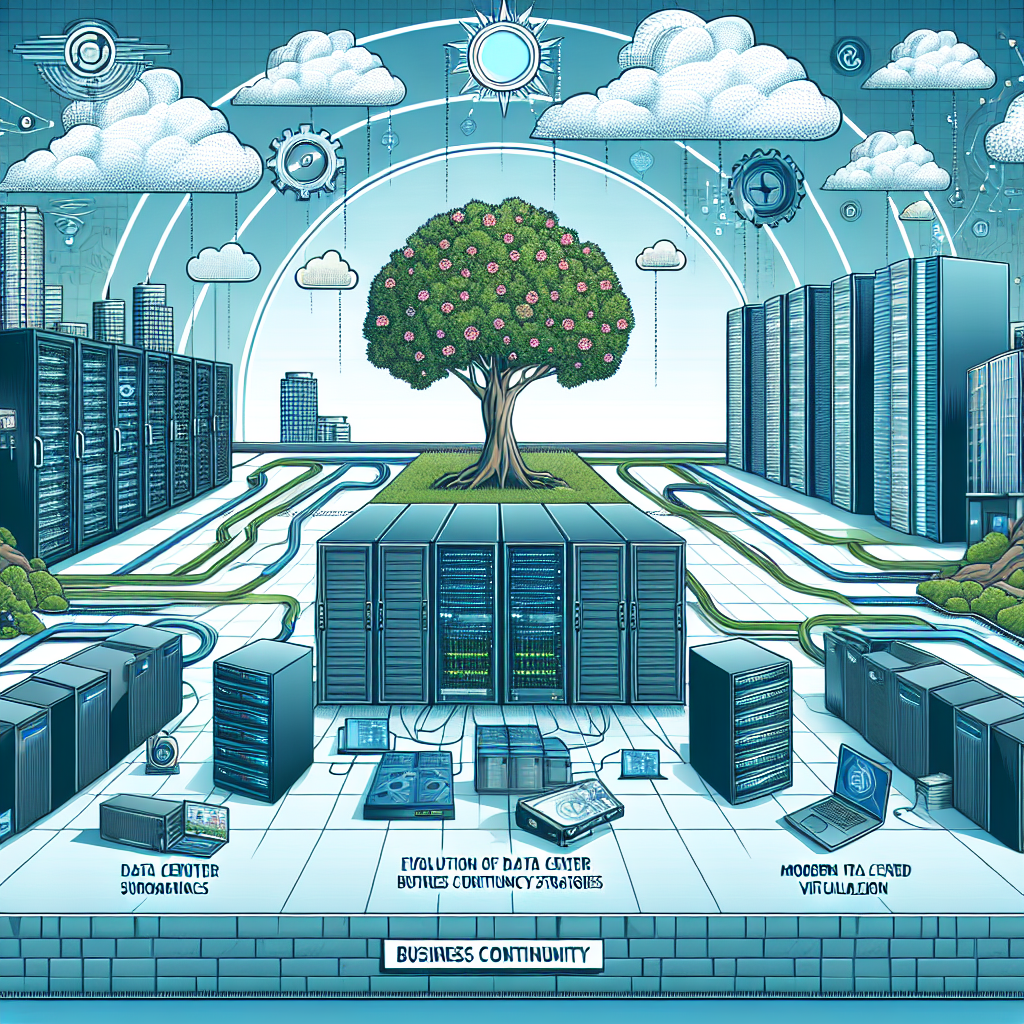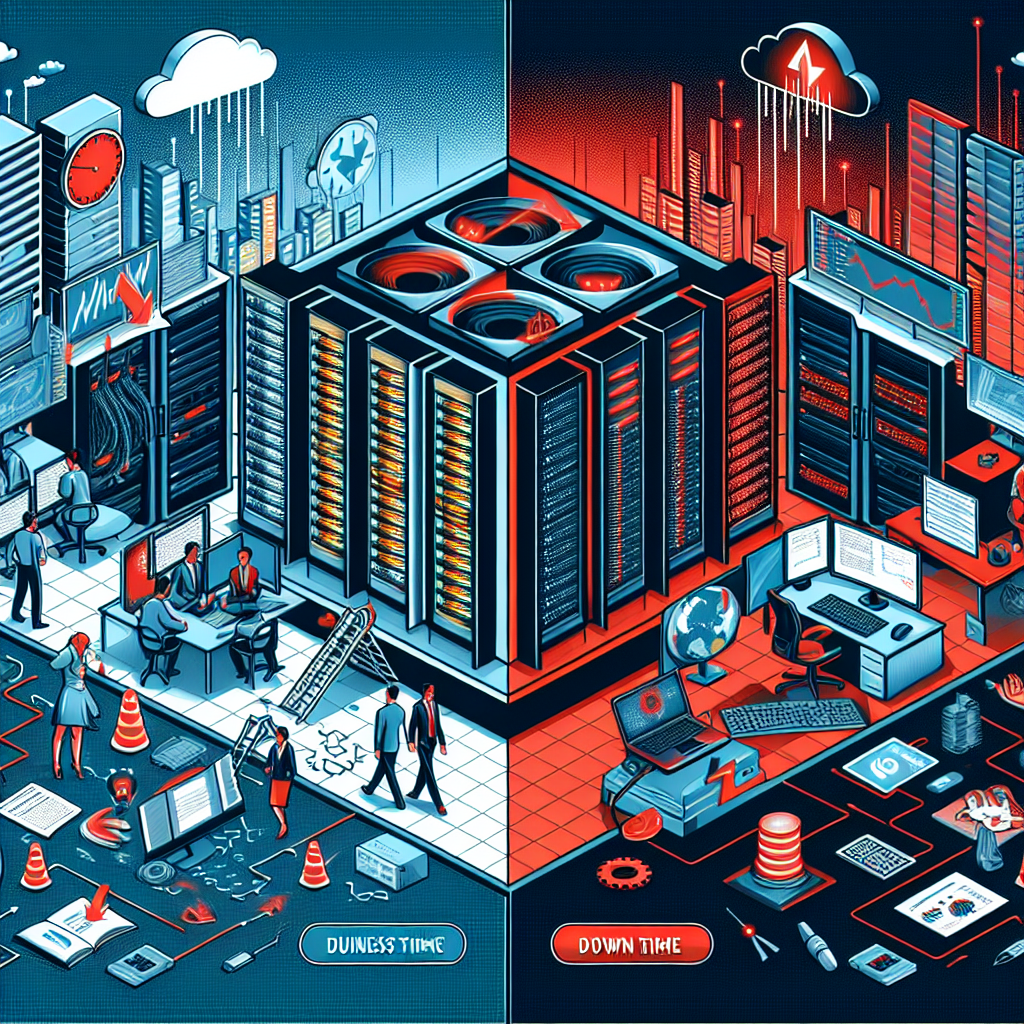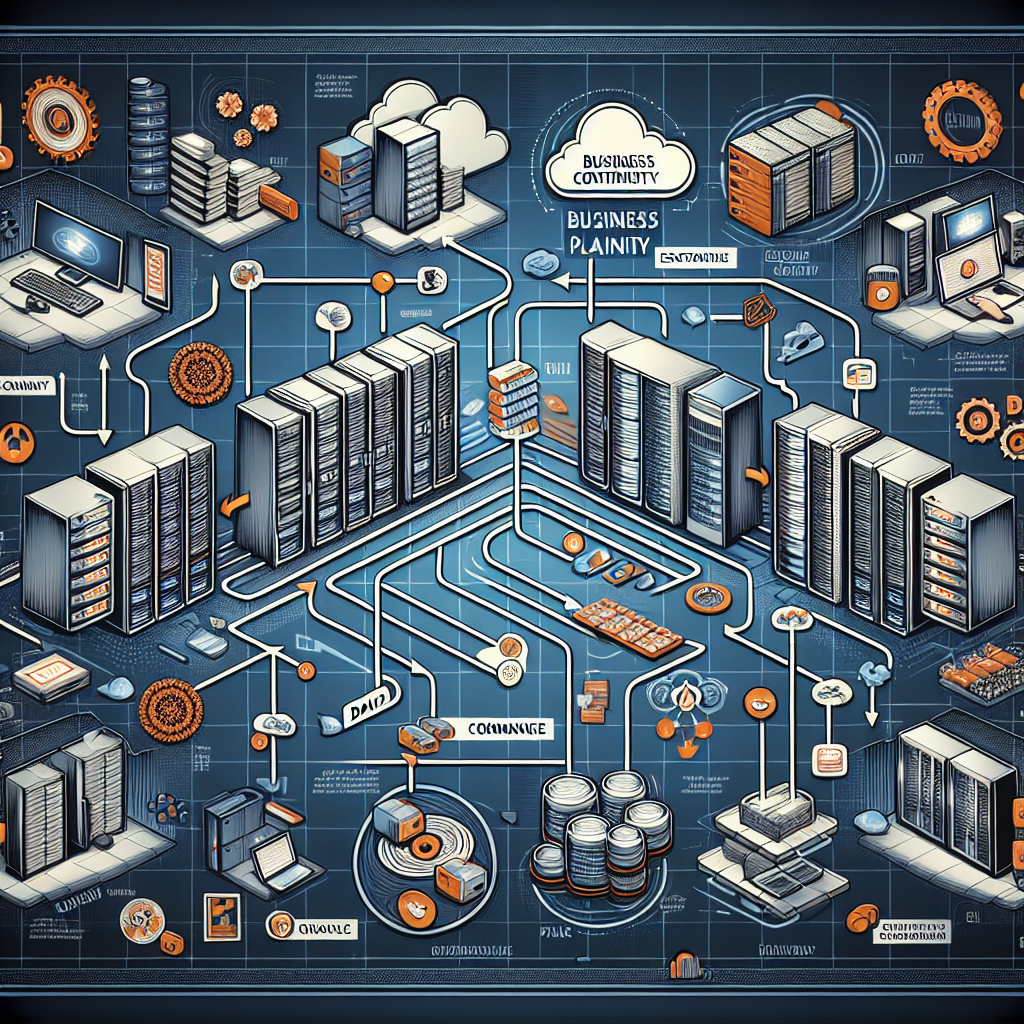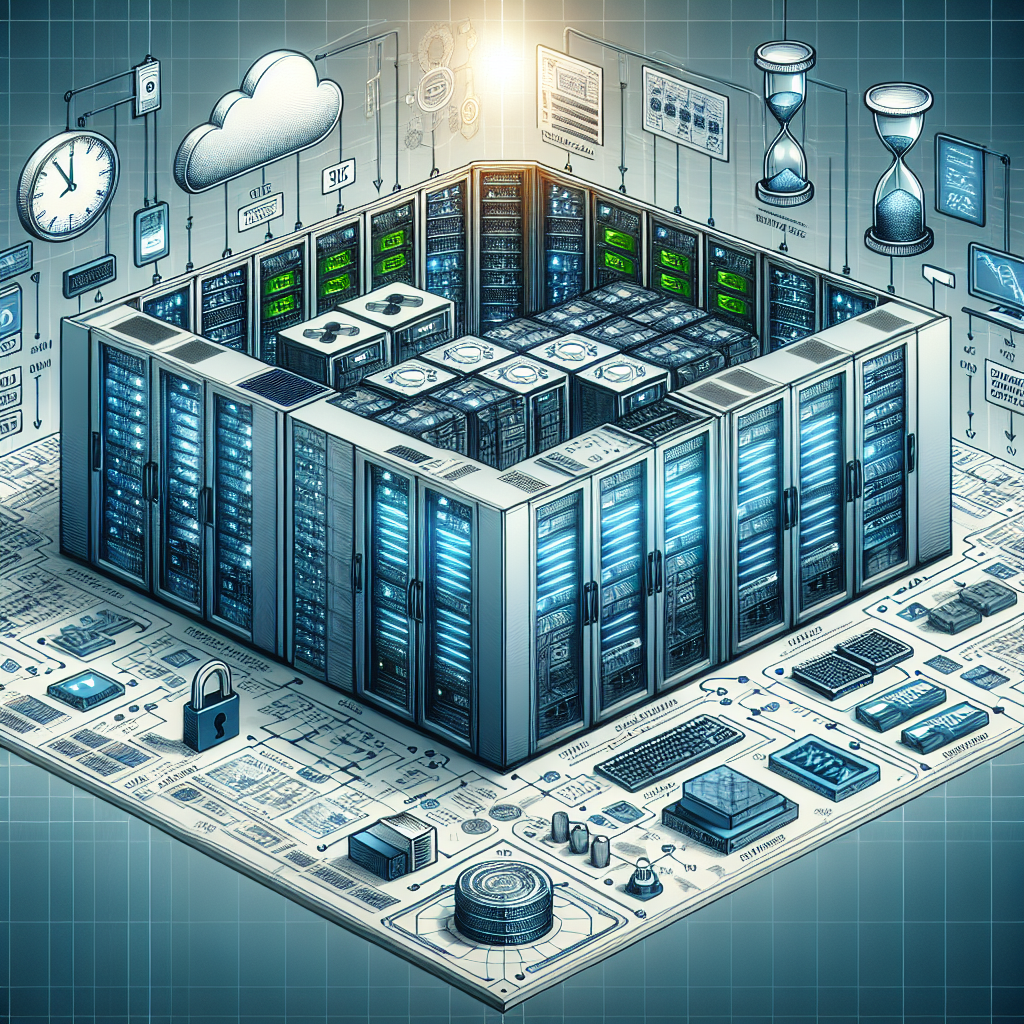In today’s fast-paced and technology-driven world, data centers play a crucial role in the operations of businesses across various industries. These facilities house and manage the critical infrastructure and data that organizations rely on to function efficiently and effectively. However, as with any complex system, data centers are susceptible to a range of potential disruptions that can impact their ability to operate smoothly. From power outages and natural disasters to cyberattacks and equipment failures, there are numerous threats that can disrupt data center operations and jeopardize the continuity of business operations.
To ensure business continuity in data center operations, organizations must be proactive in preparing for the unexpected. By developing and implementing a comprehensive business continuity plan, companies can minimize the impact of disruptions and ensure that critical systems and data remain accessible in the event of a crisis. Here are some key steps that organizations can take to prepare for the unexpected and safeguard their data center operations:
1. Conduct a risk assessment: The first step in preparing for the unexpected is to conduct a thorough risk assessment to identify potential threats to data center operations. This includes assessing the likelihood and potential impact of various risks, such as natural disasters, power outages, cyber threats, and equipment failures. By understanding the risks that could impact their data center, organizations can develop a targeted and effective business continuity plan.
2. Develop a business continuity plan: Once the risks have been identified, organizations should develop a comprehensive business continuity plan that outlines the steps to be taken in the event of a disruption. This plan should include detailed procedures for responding to different types of emergencies, as well as protocols for communication, data backup and recovery, and system restoration. It is essential to regularly review and update the business continuity plan to ensure that it remains current and effective.
3. Implement redundancy and resilience measures: To minimize the impact of disruptions on data center operations, organizations should implement redundancy and resilience measures to ensure that critical systems and data remain accessible. This may include deploying backup power systems, redundant networking and storage infrastructure, and disaster recovery solutions. By investing in redundancy and resilience measures, organizations can enhance the reliability and availability of their data center operations.
4. Conduct regular testing and training: Testing and training are essential components of a successful business continuity plan. Organizations should conduct regular drills and exercises to test the effectiveness of their plan and identify areas for improvement. Additionally, employees should receive training on emergency procedures and protocols to ensure that they are prepared to respond effectively in the event of a disruption.
5. Partner with a trusted data center provider: For many organizations, partnering with a trusted data center provider can be a cost-effective and efficient way to enhance business continuity in data center operations. Data center providers offer state-of-the-art facilities, redundant infrastructure, and expertise in disaster recovery and business continuity planning. By partnering with a reliable data center provider, organizations can leverage their expertise and resources to minimize the impact of disruptions on their operations.
In conclusion, preparing for the unexpected is essential for ensuring business continuity in data center operations. By conducting a risk assessment, developing a comprehensive business continuity plan, implementing redundancy and resilience measures, conducting regular testing and training, and partnering with a trusted data center provider, organizations can enhance the reliability and availability of their data center operations and minimize the impact of disruptions. By taking proactive steps to prepare for the unexpected, organizations can safeguard their critical infrastructure and data and ensure that their business operations remain resilient in the face of adversity.


